Eye-Inspired Single-Pixel Imaging with Lateral Inhibition and Variable Resolution for Special Unmanned Vehicle Applications in Tunnel Inspection
Abstract
1. Introduction
2. Methods
2.1. Principle
2.2. Variable-Resolution Projection Pattern
2.3. The SPI with Variable Resolution and Lateral Inhibition
3. Experiments and Results
3.1. Experimental Setup
3.2. Results and Discussion
3.2.1. Data Compression Performance Verification (Indoor Experiments)
3.2.2. Fine Target Imaging Capability Verification
4. Conclusions and Future Works
Author Contributions
Funding
Institutional Review Board Statement
Data Availability Statement
Conflicts of Interest
References
- Chang, Y.; Cheng, Y.; Manzoor, U.; Murray, J. A review of UAV autonomous navigation in GPS-denied environments. Robot. Auton. Syst. 2023, 170, 104533. [Google Scholar] [CrossRef]
- Zhang, K.; Cao, J.; Zhang, F.H.; Jiang, Y.; Cheng, Y.; Wang, D.; Hao, Q. Fourier Single-pixel Imaging Based on Lateral Inhibition for Low-contrast Scenes. IEEE Photonics J. 2019, 11, 6901711. [Google Scholar] [CrossRef]
- Li, H.; Liu, Z.; Lyu, Y.; Wu, F. Multimodal Image Registration for GPS-denied UAV Navigation Based on Disentangled Representations. In Proceedings of the 2023 IEEE International Conference on Robotics and Automation (ICRA), London, UK, 29 May–2 June 2023. [Google Scholar]
- Chen, Y.; Jiang, J. An Oblique-Robust Absolute Visual Localization Method for GPS-Denied UAV With Satellite Imagery. IEEE Trans. Geosci. Remote Sens. 2024, 62, 5601713. [Google Scholar] [CrossRef]
- Wang, F.; Wang, C.; Chen, M.; Gong, W.; Zhang, Y.; Han, S.; Situ, G. Far-field super-resolution ghost imaging with a deep neural network constraint. Light Sci. Appl. 2022, 11, 1. [Google Scholar] [CrossRef]
- Baris, I.E.; Jeffrey, H.S. Ghost imaging: From quantum to classical to computational. Adv. Opt. Photon. 2010, 2, 405–450. [Google Scholar]
- Shi, M.; Cao, J.; Cui, H.; Zhou, C.; Zhao, T. Advances in Ghost Imaging of Moving Targets: A Review. Biomimetics 2023, 8, 435. [Google Scholar] [CrossRef] [PubMed]
- Moodley, C.; Forbes, A. Super-resolved quantum ghost imaging. Sci. Rep. 2022, 12, 10346. [Google Scholar] [CrossRef] [PubMed]
- Phillips, D.B.; Sun, M.-J.; Taylor, J.M.; Edgar, M.P.; Barnett, S.M.; Gibson, G.M.; Padgett, M.J. Adaptive foveated single-pixel imaging with dynamic supersampling. Sci. Adv. 2017, 3, e1601782. [Google Scholar] [CrossRef] [PubMed]
- Lyu, M.; Wang, W.; Wang, H.; Wang, H.; Li, G.; Chen, N.; Situ, G. Deep-learning-based ghost imaging. Sci. Rep. 2017, 7, 17865. [Google Scholar] [CrossRef] [PubMed]
- Shapiro, J.H.; Boyd, R.W. The physics of ghost imaging. Quantum Inf. Process. 2012, 11, 949–993. [Google Scholar] [CrossRef]
- Li, W.; Hu, X.; Wu, J.; Fan, K.; Chen, B.; Zhang, C.; Hu, W.; Cao, X.; Jin, B.; Lu, Y.; et al. Dual-color terahertz spatial light modulator for single-pixel imaging. Light Sci. Appl. 2022, 11, 191. [Google Scholar] [CrossRef] [PubMed]
- Shapiro, J.H. Computational ghost imaging. Phys. Rev. A 2008, 78, 061802. [Google Scholar] [CrossRef]
- Jiang, H.; Zhu, S.; Zhao, H.; Xu, B.; Li, X. Adaptive regional single-pixel imaging based on the Fourier slice theorem. Opt. Express 2017, 25, 15118–15130. [Google Scholar] [CrossRef]
- Paniate, A.; Massaro, G.; Avella, A.; Meda, A.; Pepe, F.; Genovese, M.; D’Angelo, M.; Ruo-Berchera, I. Light-field ghost imaging. Phys. Rev. Appl. 2024, 21, 024032. [Google Scholar] [CrossRef]
- Edgar, M.P.; Gibson, G.M.; Padgett, M.J. Principles and prospects for single-pixel imaging. Nat. Photonics 2019, 13, 13–20. [Google Scholar] [CrossRef]
- Ryczkowski, P.; Barbier, M.; Friberg, A.T.; Dudley, J.; Genty, G. Ghost imaging in the time domain. Nat. Photonics 2016, 10, 167–170. [Google Scholar] [CrossRef]
- Vaz, P.G.; Amaral, D.; Requicha Ferreira, L.F.; Morgado, M.; Cardoso, J. Image quality of compressive single-pixel imaging using different Hadamard orderings. Opt. Express 2020, 28, 11666–11681. [Google Scholar] [CrossRef] [PubMed]
- Han, S.; Yu, H.; Shen, X.; Liu, H.; Gong, W.; Liu, Z. A Review of Ghost Imaging via Sparsity Constraints. Appl. Sci. 2018, 8, 1379. [Google Scholar] [CrossRef]
- He, R.; Weng, Z.; Zhang, Y.; Qin, C.; Zhang, J.; Chen, Q.; Zhang, W. Adaptive Fourier single pixel imaging based on the radial correlation in the Fourier domain. Opt. Express 2021, 29, 36021–36037. [Google Scholar] [CrossRef]
- Wang, G.; Zheng, H.; Tang, Z.; Zhou, Y.; Chen, H.; Liu, J.; He, Y.; Yuan, Y.; Li, F.; Xu, Z. All-Optical Naked-Eye Ghost Imaging. Sci. Rep. 2020, 10, 2493. [Google Scholar] [CrossRef] [PubMed]
- Khakimov, R.I.; Henson, B.M.; Shin, D.K.; Hodgman, S.S.; Dall, R.G.; Baldwin, K.G.H.; Truscott, A.G. Ghost imaging with atoms. Nature 2016, 540, 100–103. [Google Scholar] [CrossRef]
- Hao, Q.; Tao, Y.; Cao, J.; Tang, M.; Cheng, Y.; Zhou, D.; Ning, Y.; Bao, C.; Cui, H. Retina-like Imaging and Its Applications: A Brief Review. Appl. Sci. 2021, 11, 7058. [Google Scholar] [CrossRef]
- Graydon, O. Retina-like single-pixel camera. Nat. Photonics 2017, 11, 335. [Google Scholar] [CrossRef]
- Orange Kedem, R.; Opatovski, N.; Xiao, D.; Ferdman, B.; Alalouf, O.; Kumar Pal, S.; Wang, Z.; von der Emde, H.; Weber, M.; Sahl, S.J.; et al. Near index matching enables solid diffractive optical element fabrication via additive manufacturing. Light Sci. Appl. 2023, 12, 222. [Google Scholar] [CrossRef]
- Etchepareborda, P.; Moulet, M.-H.; Melon, M. Random laser speckle pattern projection for non-contact vibration measurements using a single high-speed camera. Mech. Syst. Signal Process. 2021, 158, 107719. [Google Scholar] [CrossRef]
- Chen, C.; Li, Z.; Fu, L. Perovskite photodetector-based single pixel color camera for artificial vision. Light Sci. Appl. 2023, 12, 77. [Google Scholar] [CrossRef] [PubMed]
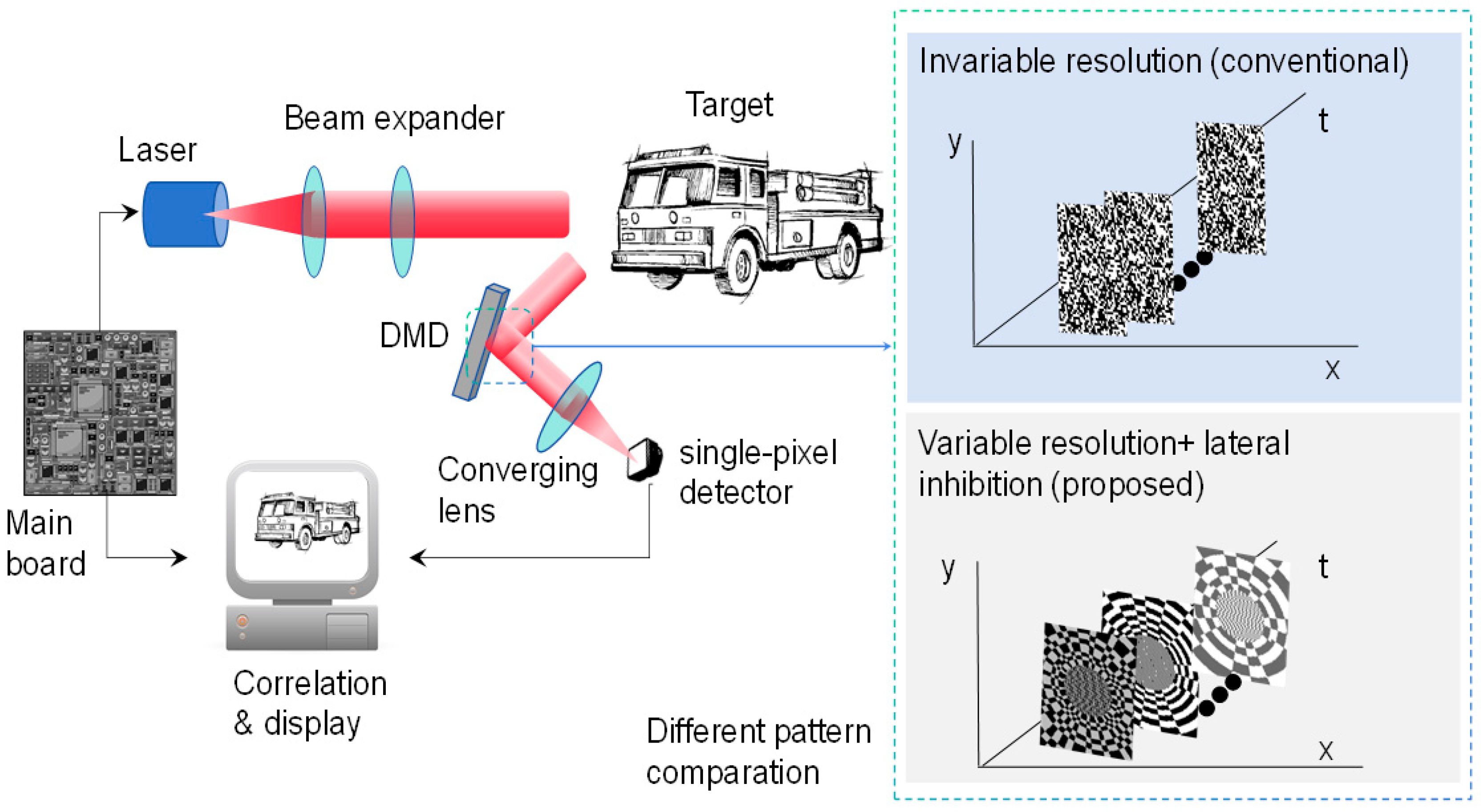
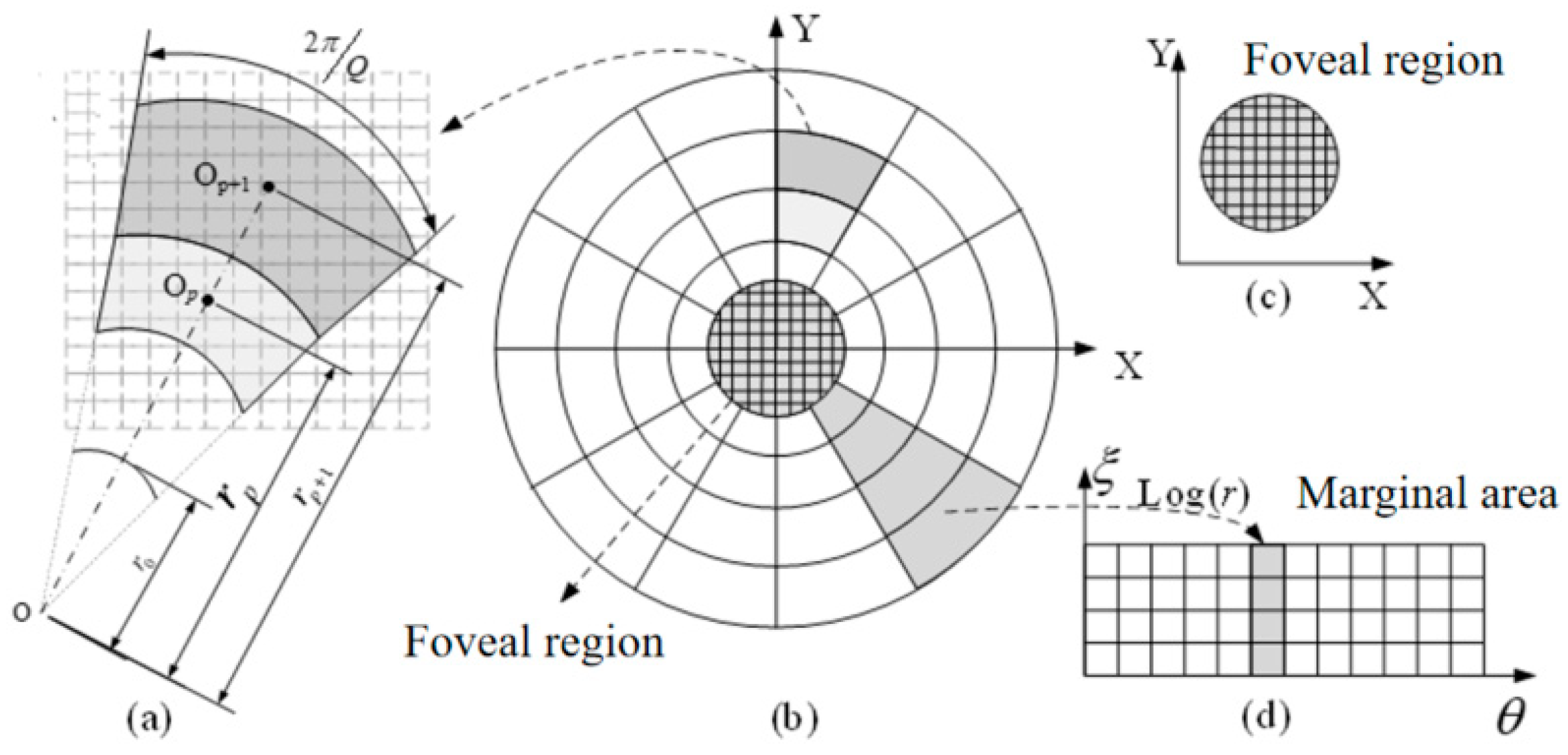

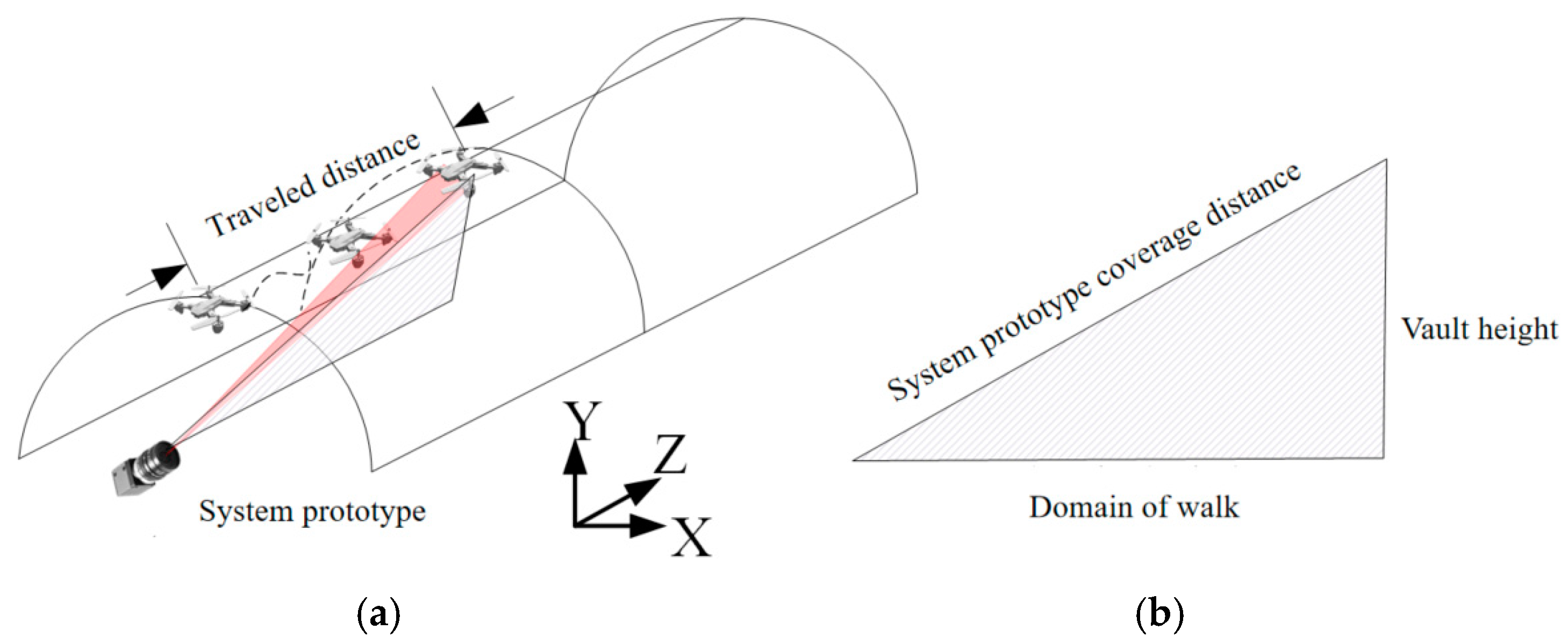
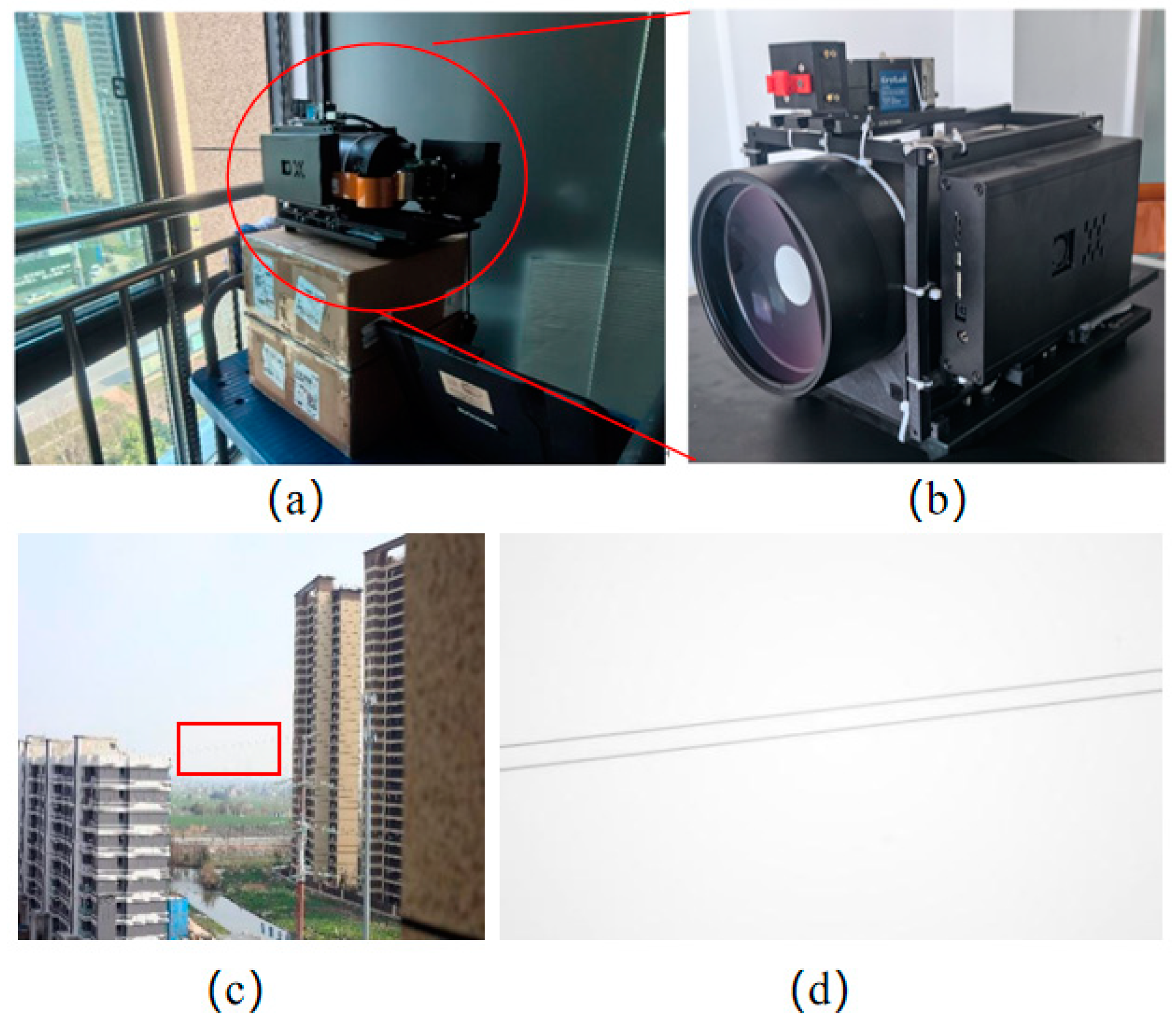
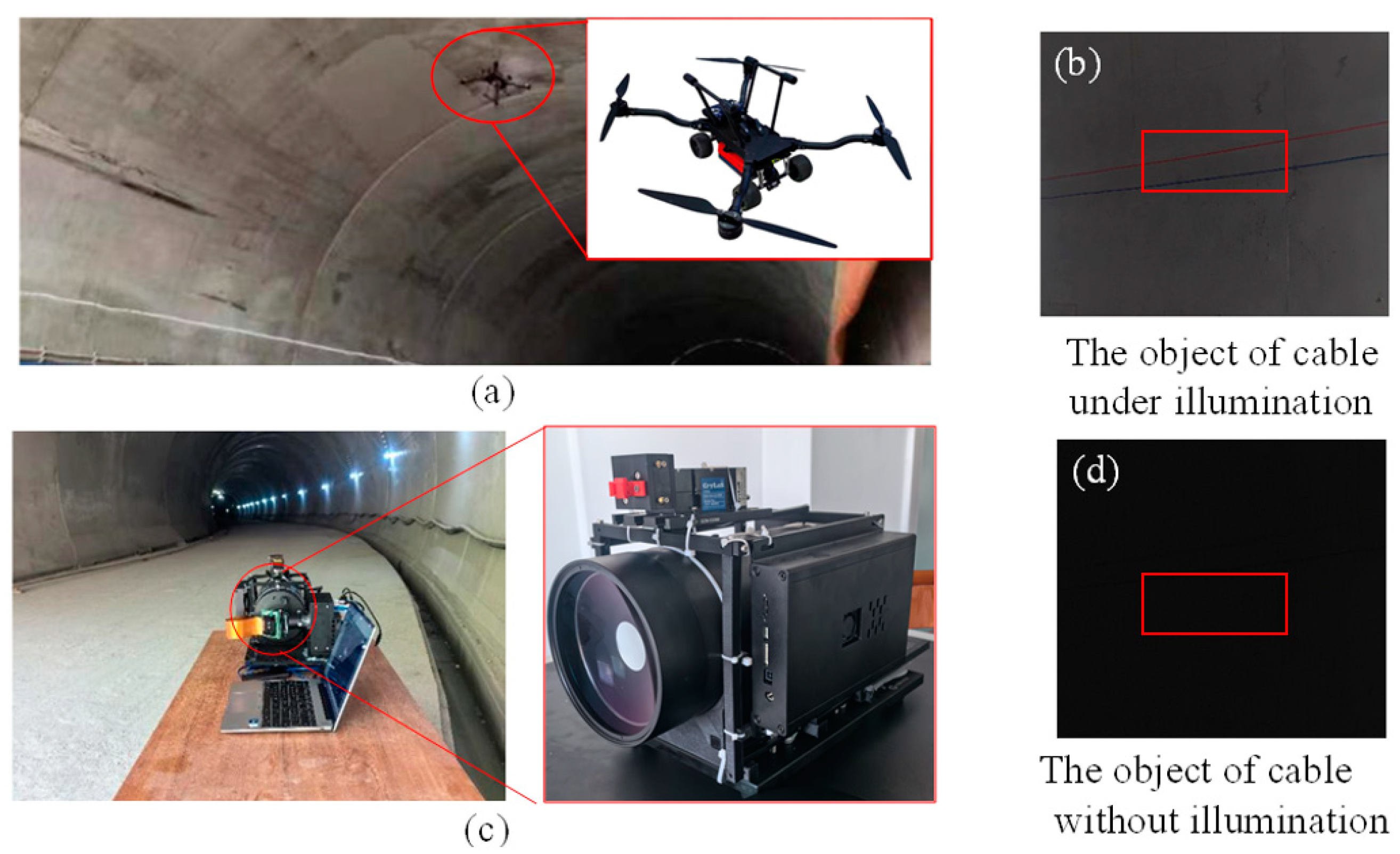
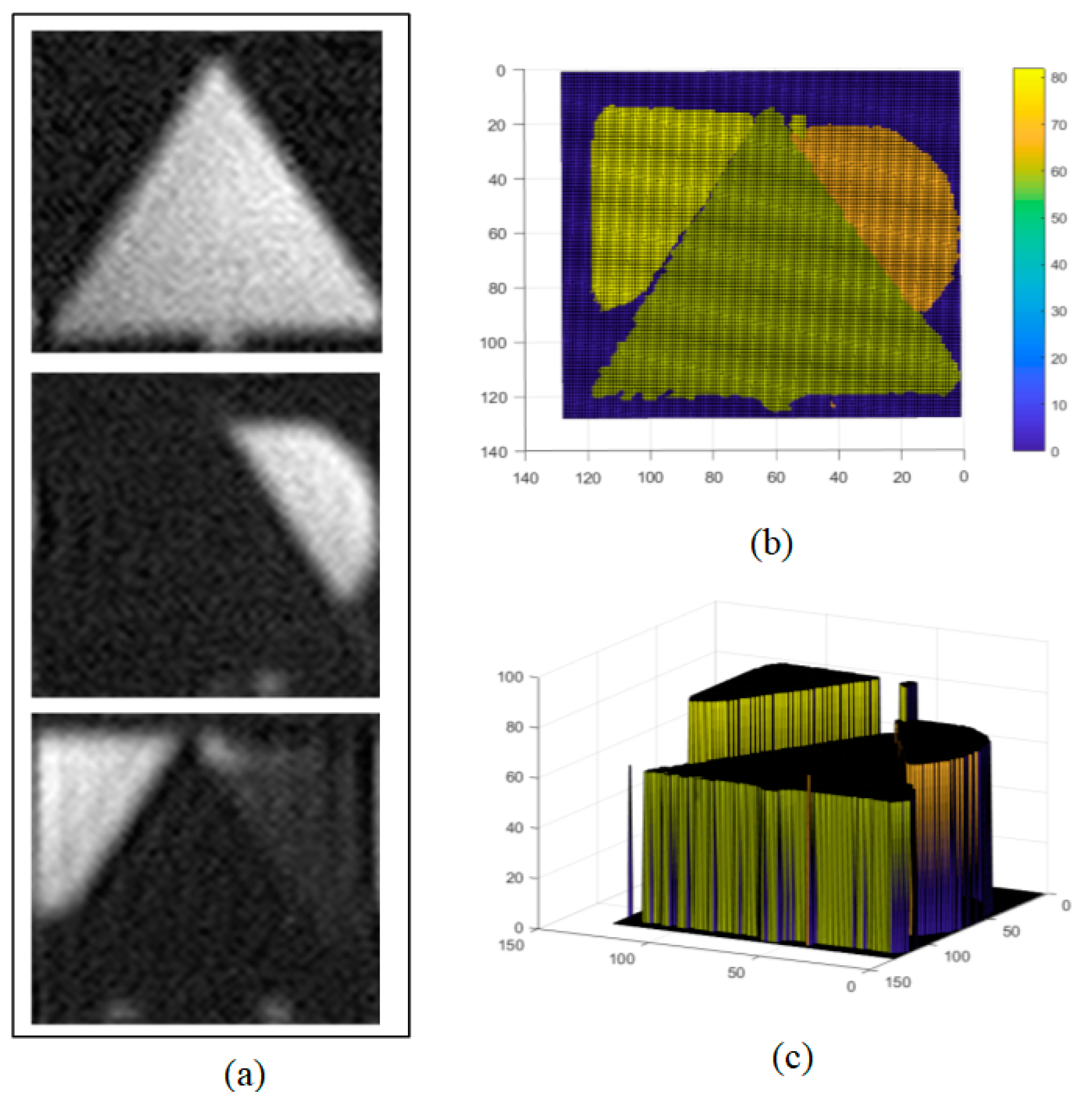

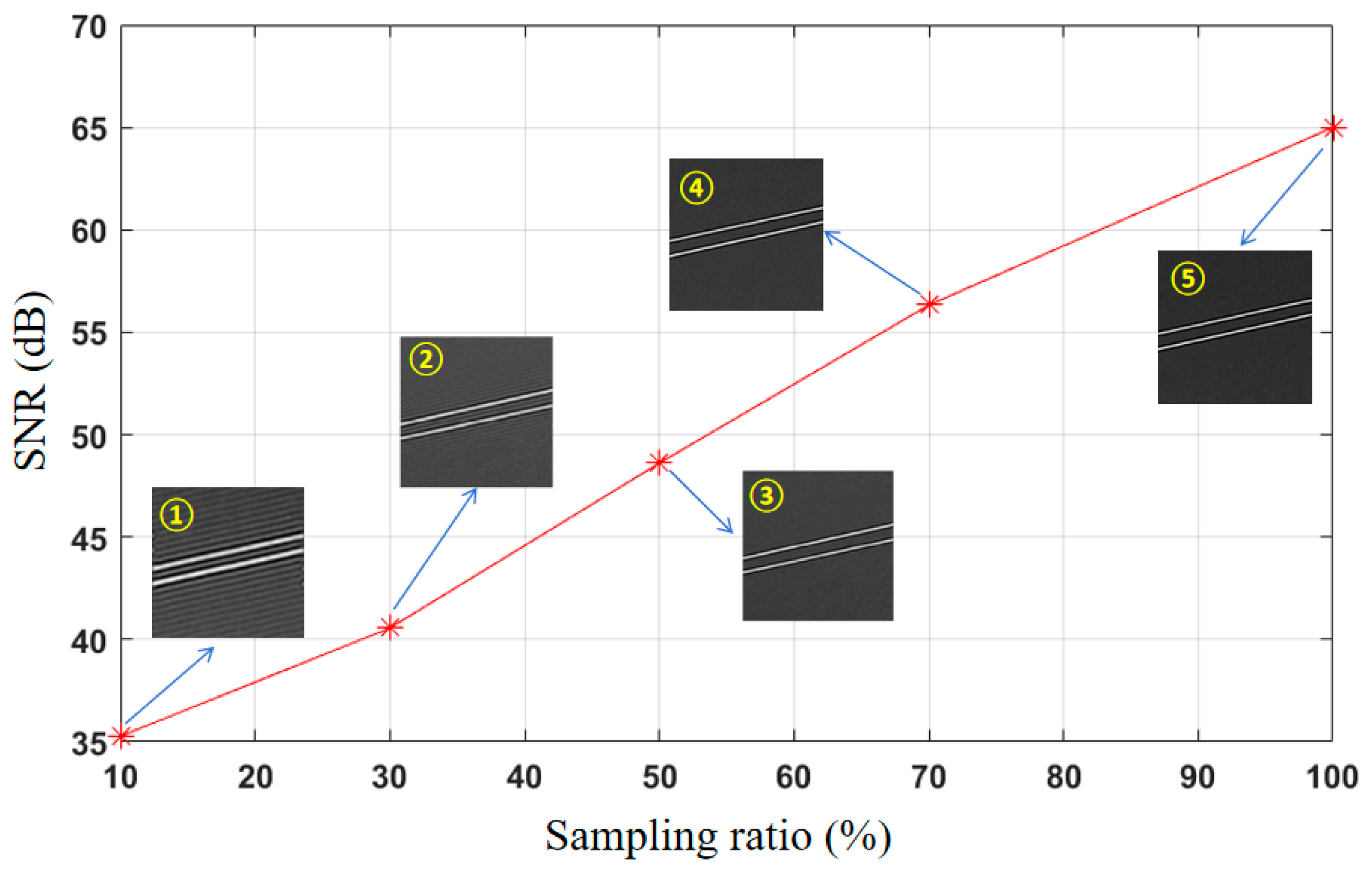
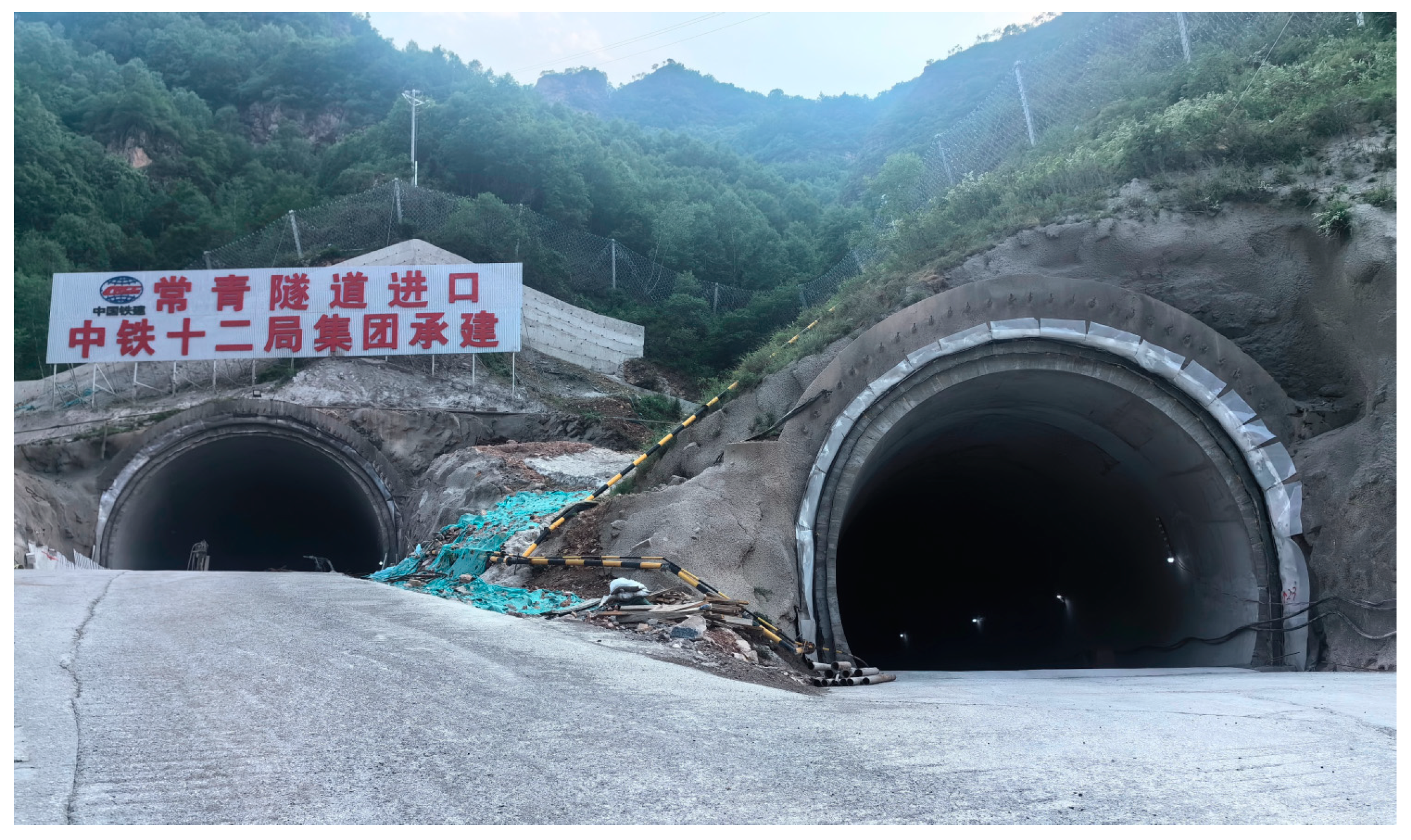
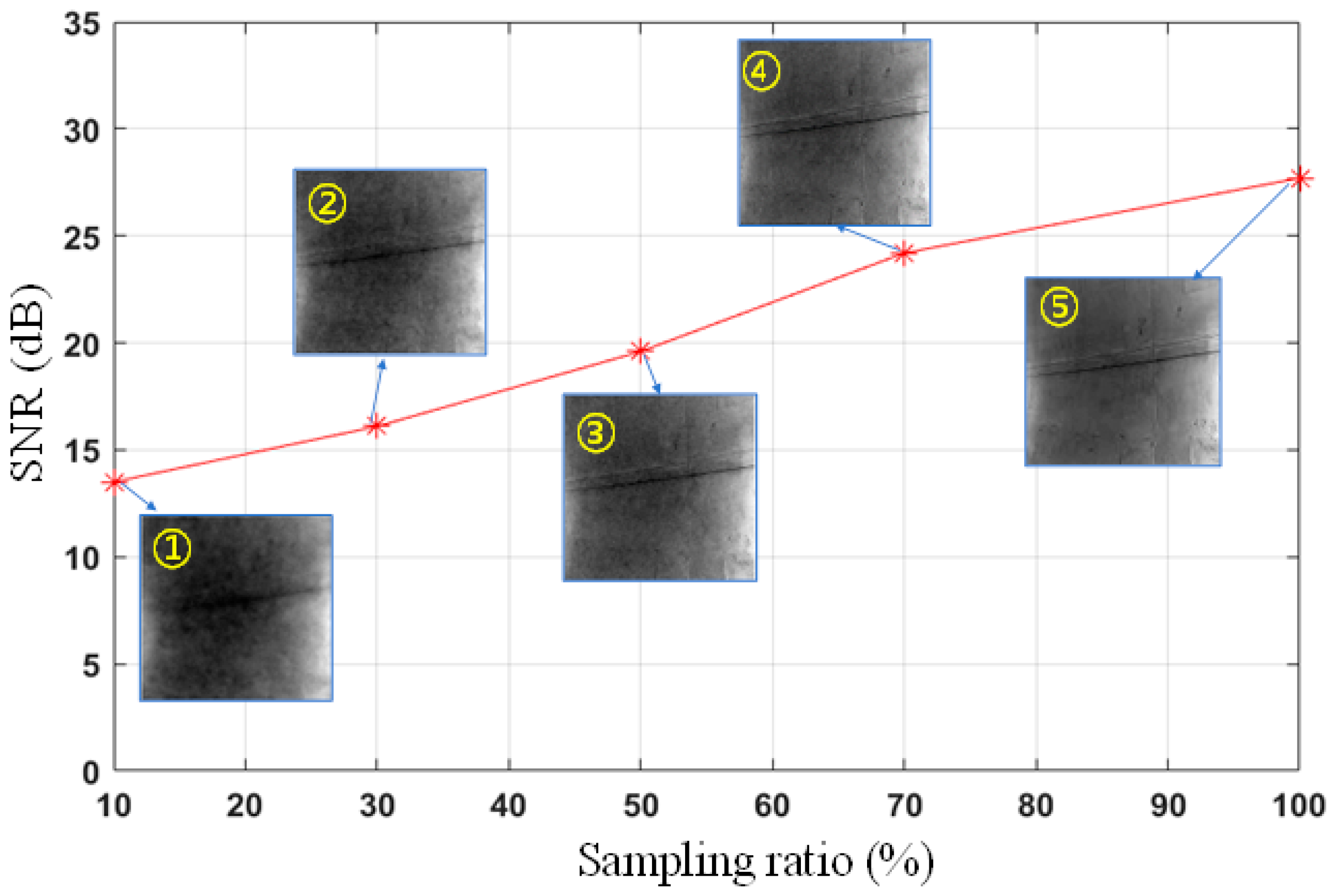
Disclaimer/Publisher’s Note: The statements, opinions and data contained in all publications are solely those of the individual author(s) and contributor(s) and not of MDPI and/or the editor(s). MDPI and/or the editor(s) disclaim responsibility for any injury to people or property resulting from any ideas, methods, instructions or products referred to in the content. |
© 2024 by the authors. Licensee MDPI, Basel, Switzerland. This article is an open access article distributed under the terms and conditions of the Creative Commons Attribution (CC BY) license (https://creativecommons.org/licenses/by/4.0/).
Share and Cite
Han, B.; Zhao, Q.; Shi, M.; Wang, K.; Shen, Y.; Cao, J.; Hao, Q. Eye-Inspired Single-Pixel Imaging with Lateral Inhibition and Variable Resolution for Special Unmanned Vehicle Applications in Tunnel Inspection. Biomimetics 2024, 9, 768. https://doi.org/10.3390/biomimetics9120768
Han B, Zhao Q, Shi M, Wang K, Shen Y, Cao J, Hao Q. Eye-Inspired Single-Pixel Imaging with Lateral Inhibition and Variable Resolution for Special Unmanned Vehicle Applications in Tunnel Inspection. Biomimetics. 2024; 9(12):768. https://doi.org/10.3390/biomimetics9120768
Chicago/Turabian StyleHan, Bin, Quanchao Zhao, Moudan Shi, Kexin Wang, Yunan Shen, Jie Cao, and Qun Hao. 2024. "Eye-Inspired Single-Pixel Imaging with Lateral Inhibition and Variable Resolution for Special Unmanned Vehicle Applications in Tunnel Inspection" Biomimetics 9, no. 12: 768. https://doi.org/10.3390/biomimetics9120768
APA StyleHan, B., Zhao, Q., Shi, M., Wang, K., Shen, Y., Cao, J., & Hao, Q. (2024). Eye-Inspired Single-Pixel Imaging with Lateral Inhibition and Variable Resolution for Special Unmanned Vehicle Applications in Tunnel Inspection. Biomimetics, 9(12), 768. https://doi.org/10.3390/biomimetics9120768






